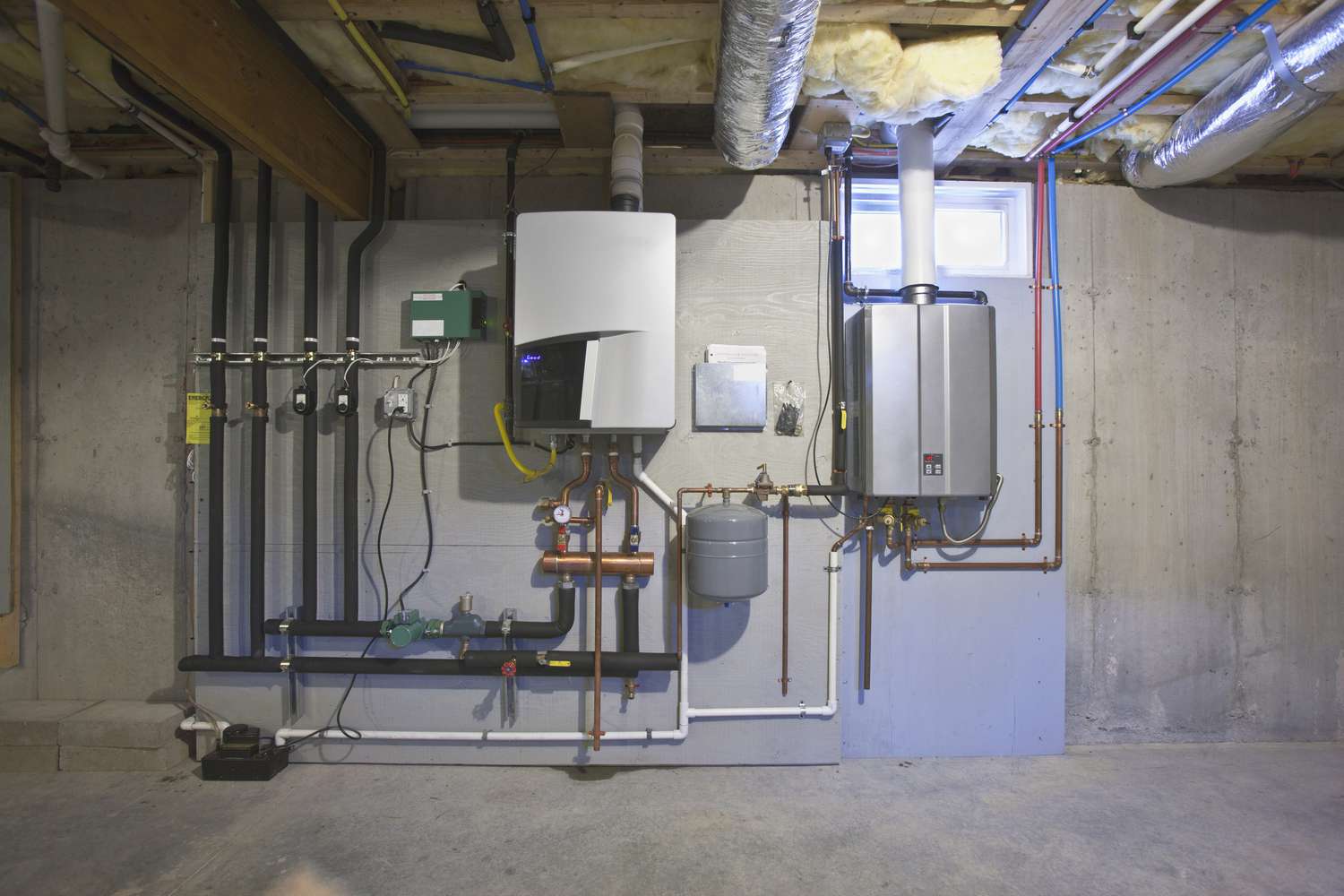

Articles
How To Vent Tankless Water Heater
Modified: October 20, 2024
Discover helpful articles on how to vent a tankless water heater, and ensure optimal installation and performance.
(Many of the links in this article redirect to a specific reviewed product. Your purchase of these products through affiliate links helps to generate commission for Storables.com, at no extra cost. Learn more)
Introduction
When it comes to heating water in your home, tankless water heaters have become an increasingly popular option. Unlike traditional tank water heaters, tankless water heaters heat water on demand, providing a continuous and endless supply of hot water. However, one important aspect to consider when installing a tankless water heater is proper venting.
In this article, we will explore the importance of venting for tankless water heaters and the different options available for venting. Whether you are installing a new tankless water heater or looking to upgrade your existing system, understanding how to vent properly is crucial to ensure efficient and safe operation.
Proper venting of a tankless water heater serves several important purposes. First and foremost, it removes combustion gases, such as carbon monoxide, from your home. Carbon monoxide is a colorless and odorless gas that can be extremely dangerous if not properly ventilated. Venting also helps regulate the temperature of the unit, prevent heat damage to surrounding surfaces, and maintain optimal performance.
There are various types of ventilation systems available for tankless water heaters, each with its own advantages and considerations. The two primary methods of venting are direct venting and power venting.
Direct venting involves drawing air for combustion from the outside and expelling the combustion gases directly outside. This method is typically used when the water heater is installed in a well-ventilated area, such as a utility room or garage. It requires a dedicated vent pipe for both intake and exhaust gases.
On the other hand, power venting uses a fan or blower to assist in the removal of combustion gases. This enables more flexibility in the placement of the water heater, as it can be vented through the roof or an exterior wall. Power venting is often the preferred option when installation limitations or space constraints prevent direct venting.
When determining the best venting option for your tankless water heater, several factors need to be considered. These include the location of the water heater, the available ventilation options, local building codes and regulations, and the overall efficiency and safety of the system.
In the following sections, we will take a closer look at each type of venting system, how they are installed, and the specific considerations associated with each method. By understanding the different venting options and following proper installation guidelines, you can ensure the reliable and efficient operation of your tankless water heater.
Key Takeaways:
- Proper venting of tankless water heaters is crucial for safety, efficiency, and optimal performance. Direct venting and power venting are popular options, each with unique benefits and considerations.
- Understanding the importance of venting and selecting the appropriate method ensures reliable, efficient, and safe operation of tankless water heaters, providing a continuous supply of hot water for homes.
Read more: How To Reset A Tankless Water Heater
Understanding Tankless Water Heaters
Tankless water heaters, also known as on-demand water heaters, have gained popularity due to their numerous benefits over traditional tank water heaters. Unlike tank water heaters that store and continuously heat a predetermined amount of water, tankless water heaters heat water only when it is needed, providing hot water on demand.
These innovative water heaters work by heating water as it passes through heat exchangers, typically using either electric coils or gas burners. The heating process is triggered when a hot water tap is turned on, and the tankless water heater quickly delivers a constant supply of hot water at the desired temperature.
One of the main advantages of tankless water heaters is their space-saving design. Traditional tank water heaters can take up a significant amount of floor space, especially in smaller homes or apartments. Tankless water heaters, on the other hand, are much more compact and can be mounted on walls or installed in tight spaces, freeing up valuable floor space.
In addition to their space-saving benefits, tankless water heaters are also known for their energy efficiency. Traditional tank water heaters constantly heat and store water, which can result in standby heat loss. Standby heat loss occurs when the heated water in the tank cools down over time, requiring the heater to continuously cycle on and off to maintain the desired temperature. This constant cycling leads to wasted energy and higher utility bills.
Tankless water heaters eliminate standby heat loss because they only heat water when it is needed. As a result, they can be much more efficient, saving you money on energy costs in the long run. In fact, tankless water heaters are estimated to be approximately 22% more energy-efficient than traditional tank water heaters.
Another advantage of tankless water heaters is their durability and longer lifespan. Traditional tank water heaters typically last around 10-15 years, while tankless water heaters can last up to 20 years or more with regular maintenance. This longevity can further contribute to cost savings in the long term.
However, it is important to note that tankless water heaters have their limitations. While they can provide a continuous supply of hot water, their flow rate and capacity may be restricted based on the model and the temperature rise required. If multiple hot water outlets are used simultaneously, such as running a shower, dishwasher, and washing machine at the same time, the flow rate may decrease and impact the delivery of hot water.
Understanding the functionality and benefits of tankless water heaters is essential in making an informed decision when choosing the right water heating system for your home. By considering factors such as space availability, energy efficiency, and expected hot water demand, you can determine if a tankless water heater is the best fit for your household needs.
In the next section, we will delve into the importance of proper venting for tankless water heaters and explore the different venting options available to ensure safe and efficient operation.
Why Venting is Important for Tankless Water Heaters
Venting is a critical aspect of tankless water heater installation and is essential for the safe and efficient operation of the unit. Proper venting serves multiple important purposes when it comes to tankless water heaters.
First and foremost, venting is crucial for removing combustion gases from the unit. When a tankless water heater operates, it burns fuel (natural gas, propane, or electricity) to heat the water. This combustion process produces byproducts, including carbon monoxide and other potentially harmful gases. Carbon monoxide is colorless, odorless, and toxic, making it extremely dangerous if not properly vented.
Venting also helps regulate the temperature of the tankless water heater. As the unit generates heat, it needs to be able to release excess heat to prevent overheating. By removing hot gases from the combustion process, venting plays a role in maintaining the optimal operating temperature of the water heater.
Furthermore, proper venting helps protect surrounding surfaces from heat damage. Tankless water heaters can produce high temperatures during operation, especially during periods of peak demand. Without proper venting, heat can build up around the unit and potentially cause damage to nearby walls, cabinets, or other combustible materials.
In addition to the safety benefits, proper venting also ensures the overall efficiency and performance of the tankless water heater. A poorly vented unit may experience restricted airflow, hindering the proper combustion process and reducing the efficiency of the water heater. This can result in higher energy consumption, increased utility bills, and decreased performance.
It is important to note that the specific venting requirements for tankless water heaters can vary based on the type of fuel used (gas or electric), the specific model, and local building codes and regulations. As such, it is crucial to consult the manufacturer’s guidelines and adhere to the proper venting specifications for your particular unit.
Before installing a tankless water heater, it is recommended to consult with a professional HVAC technician or a licensed plumber who has experience with tankless water heater installations. They can assess your home’s specific requirements, perform calculations for proper vent sizing, and ensure that the venting system meets all safety and code requirements.
In the next section, we will explore the different types of ventilation systems commonly used for venting tankless water heaters to help you determine the most suitable option for your home.
Types of Ventilation Systems for Tankless Water Heaters
When it comes to venting tankless water heaters, there are several different types of ventilation systems to choose from. The type of ventilation system you select will depend on factors such as the location of the water heater, the available venting options in your home, and local building codes and regulations.
Here are the most common types of ventilation systems used for tankless water heaters:
- Direct Venting: Direct venting is a popular option for tankless water heaters, especially when the unit is installed in a well-ventilated area such as a utility room or garage. This venting method uses a dual-pipe system consisting of an intake pipe and an exhaust pipe. The intake pipe draws in outside air for combustion, while the exhaust pipe expels combustion gases directly outside. Direct venting is a safe and efficient option that ensures optimal indoor air quality by keeping the combustion process separate from the indoor living space.
- Power Venting: Power venting is another common venting method for tankless water heaters. This system utilizes a fan or blower to assist in removing combustion gases from the unit. With power venting, the water heater can be vented through the roof or an exterior wall, providing more flexibility in terms of installation. Power venting is typically used when direct venting is not possible due to space constraints or installation limitations. However, it is important to ensure proper vent sizing and airflow to maintain efficient and reliable operation.
- Venting through the Roof: Venting through the roof is a viable option for tankless water heaters, especially in situations where the unit is located on an upper floor or near the roofline. This method involves running the vent pipes vertically through the roof to expel the combustion gases outside. Venting through the roof requires proper sealing and flashing to prevent any potential leaks, and it should comply with local building codes and regulations.
- Venting through the Wall: Venting through the wall is an alternative option for tankless water heaters when venting through the roof is not feasible. This method involves running the vent pipes horizontally through an exterior wall to expel the combustion gases. It is important to select the proper vent termination kit designed specifically for wall venting and to ensure compliance with local building codes and regulations to maintain safety and proper ventilation.
It is crucial to consult the manufacturer’s guidelines and specifications for your specific tankless water heater model to determine the appropriate venting system. Additionally, local building codes and regulations should be followed to ensure compliance and safety.
Whether you choose direct venting, power venting, venting through the roof, or venting through the wall, the key is to ensure that the venting system is properly installed, adequately sized, and aligned with the manufacturer’s requirements. A professional HVAC technician or licensed plumber can help assess your specific situation and guide you in selecting the most suitable venting system for your tankless water heater.
In the next sections, we will provide a more detailed explanation of each venting method, including installation guidelines and considerations to keep in mind.
Direct Venting
Direct venting is a commonly used ventilation method for tankless water heaters. It involves the use of a dual-pipe system that brings in outside air for combustion and expels combustion gases directly outside, ensuring safe and efficient operation of the unit.
The direct venting system consists of two pipes: an intake pipe and an exhaust pipe. The intake pipe draws in fresh outdoor air needed for combustion, while the exhaust pipe carries out the combustion gases. These pipes are typically made of PVC or other approved materials suitable for venting purposes.
One of the benefits of direct venting is that it maintains optimal indoor air quality by keeping the combustion process separate from the indoor living space. Since the unit draws in outside air for combustion, there is no risk of introducing combustion byproducts into the home. This makes direct venting a safe option for homes with strict air quality regulations or tight building envelopes.
During installation, the intake and exhaust pipes should be appropriately sized to ensure proper airflow and venting efficiency. The intake pipe should be positioned in an area with access to fresh outdoor air, such as an exterior wall, while the exhaust pipe should expel the combustion gases outside, away from windows, doors, and any other openings.
It is important to follow manufacturer guidelines and local building codes when installing a direct vent system. The pipes should be sloped correctly to allow for condensation drainage and have proper support to prevent sagging or detachment. Sealing joints and connections with approved venting tape or sealants is essential to prevent any potential gas leaks or air infiltration.
Direct venting is often a preferred option for tankless water heaters installed in well-ventilated areas such as utility rooms or garages. It provides a safe and efficient means of venting combustion gases while preserving the indoor air quality of the home. However, it is important to consider installation limitations and spacing requirements to ensure adequate clearances around the vent pipes and the water heater itself.
Consulting with a professional HVAC technician or a licensed plumber experienced in tankless water heater installations is highly recommended when opting for direct venting. They can help assess your specific installation needs, provide guidance on vent pipe sizing and placement, and ensure compliance with the manufacturer’s specifications and local building codes.
In the next section, we will delve into the details of power venting, another common venting method used for tankless water heaters.
Read more: How To Choose A Tankless Water Heater
Power Venting
Power venting is a popular ventilation method for tankless water heaters that provides flexibility in terms of installation options. This system utilizes a fan or blower to assist in removing combustion gases and expelling them from the unit. Power venting allows for venting the water heater through the roof or an exterior wall, offering more versatility when direct venting is impractical.
The power venting system consists of a vent pipe, a blower or fan unit, and an exhaust termination point. The fan or blower helps create a positive draft by pulling in outside air for combustion and pushing out the combustion gases through the vent pipe. This system allows for longer venting distances and the ability to vent horizontally or vertically, depending on the installation requirements.
One of the advantages of power venting is that it eliminates the need for a vertical rise in the venting system, which can be beneficial in circumstances where the water heater’s location does not align with the roof or the building’s structure. It also allows for venting the unit through an exterior wall, which can be more convenient in certain situations.
During the installation process, the venting system should be properly sized to ensure adequate airflow and optimal venting performance. The vent pipe used should be made of approved venting materials suitable for the specific installation requirements and should comply with local building codes and regulations. It is important to follow the manufacturer’s guidelines regarding the minimum and maximum venting distances, number of bends, and termination point location.
When venting horizontally, attention should be given to maintain proper clearances from windows, doors, and other openings to ensure safe venting and prevent the possibility of re-entry of the combustion gases into the home. The exhaust termination point should be positioned in an area where the expelled gases can disperse safely and should avoid obstructing walkways or areas where people frequently gather.
Power venting requires an electrical connection to power the blower or fan unit. This should be taken into consideration during installation and located near a power source. It is essential to ensure that the electrical circuit is properly grounded and meets the necessary electrical code requirements for safe operation.
Consulting with a professional HVAC technician or a licensed plumber experienced in power venting is highly recommended. They can assess your specific installation needs, calculate the proper vent sizing, provide guidance on vent placement and clearances, and ensure compliance with the manufacturer’s specifications and local building codes
In the next sections, we will explore venting through the roof and venting through the wall, which are additional options for venting tankless water heaters.
Flush your tankless water heater regularly to remove mineral buildup and maintain efficient operation. Follow the manufacturer’s instructions for the proper flushing procedure.
Venting through the Roof
Venting a tankless water heater through the roof is a commonly used method that allows for safe and efficient expulsion of combustion gases. This option is particularly beneficial when the water heater is located on an upper floor or in a space that aligns with the roofline.
To vent a tankless water heater through the roof, the venting system typically consists of a vent pipe that extends vertically through the roof. The vent pipe is responsible for carrying the combustion gases upwards and out of the building, preventing them from re-entering the living space.
During the installation process, it is important to properly size and position the vent pipe to ensure adequate airflow and venting efficiency. The vent pipe should be made of approved venting materials, such as stainless steel or PVC, that are suitable for high-temperature applications.
To prevent any potential leaks or water infiltration, it is essential to install proper roofing flashing around the vent pipe. The flashing should be installed according to the manufacturer’s instructions and in compliance with local building codes and regulations. This helps to maintain a watertight seal and prevent any damage to the roof.
Additionally, ensuring proper clearances is crucial when venting through the roof. The vent pipe should maintain sufficient distance from any combustible materials, such as wooden beams or insulation, to prevent heat damage. It is also important to consider maintaining clearances from windows, doors, and other openings to avoid any potential re-entry of the combustion gases into the living space.
Consulting with a professional HVAC technician or a licensed plumber experienced in venting tankless water heaters through the roof is highly recommended. They can assess your specific installation needs, determine the proper vent pipe size and placement, and ensure compliance with the manufacturer’s specifications and local building codes.
Proper maintenance of the roof venting system is also essential to avoid any potential issues. Regular inspections should be conducted to ensure that the vent pipe remains securely in place, the flashing is intact, and there is no damage or blockage in the venting system.
Venting a tankless water heater through the roof provides a safe and efficient means of expelling combustion gases outside. By following proper installation guidelines and conducting regular maintenance, you can ensure the reliable and effective operation of your tankless water heater for years to come.
In the next section, we will explore venting through the wall, which is another option available for tankless water heaters.
Venting through the Wall
Venting a tankless water heater through the wall provides an alternative option when venting through the roof is not feasible or preferred. This method allows for the safe and efficient expulsion of combustion gases while offering more flexibility in terms of installation options.
When venting through the wall, the venting system typically consists of a vent pipe that runs horizontally through an exterior wall. The vent pipe is responsible for carrying the combustion gases outside, away from windows, doors, and other openings, to ensure proper ventilation.
During the installation process, it is crucial to properly size and position the vent pipe to maintain adequate airflow and venting efficiency. The vent pipe should be made of approved venting materials suitable for high-temperature applications, such as stainless steel or PVC, and comply with local building codes and regulations.
Clearances should be maintained between the vent pipe and any combustible materials to prevent heat damage. Local building codes may specify specific minimum clearances that need to be adhered to for safety reasons. Additionally, the vent pipe should be positioned in an area where the expelled gases can disperse safely and not create a nuisance or risk to individuals or property.
Proper installation of wall vents requires the use of a vent termination kit specifically designed for this application. The vent termination kit ensures a secure connection between the vent pipe and the exterior wall, preventing any potential leaks or air infiltration. It is important to follow the manufacturer’s instructions and guidelines when installing the vent termination kit to ensure a watertight and airtight seal.
Consulting with a professional HVAC technician or a licensed plumber experienced in venting tankless water heaters through the wall is highly recommended. They can assess your specific installation needs, determine the proper vent pipe size and placement, and ensure compliance with the manufacturer’s specifications and local building codes.
Regular maintenance of the wall venting system is also essential to ensure its proper function. Periodically inspect the vent pipe and termination kit to ensure they remain securely in place and free from damage or deterioration. Additionally, it is important to clear any potential obstructions, such as debris or insects, that may hinder proper airflow and venting.
Venting a tankless water heater through the wall provides a flexible option when roof venting is not ideal. By following proper installation guidelines and conducting regular maintenance, you can ensure the safe and effective operation of your tankless water heater while maintaining the integrity of your home’s exterior.
In the next section, we will discuss important considerations when venting tankless water heaters to ensure their optimal performance and safety.
Considerations for Venting Tankless Water Heaters
When venting a tankless water heater, there are several important considerations to keep in mind to ensure optimal performance, efficiency, and safety. These factors will help you determine the most suitable venting option and ensure compliance with local building codes and regulations.
1. Location: The location of the tankless water heater plays a crucial role in determining the appropriate venting method. Consider factors such as the proximity to exterior walls or the roof, available clearances, and the ability to route vent pipes safely and efficiently to the outside of the building.
2. Type of Fuel: The type of fuel used by the tankless water heater influences the venting options available. Gas-fired tankless water heaters require venting systems to remove combustion gases, while electric tankless water heaters do not produce these gases and may not require venting. Ensure you understand the specific venting requirements based on the type of fuel your water heater uses.
3. Sizing: Proper sizing of the venting system is crucial to ensure adequate air intake and exhaust flow, avoiding any restrictions that could lead to reduced performance or potential safety hazards. Consult manufacturer guidelines and local building codes to determine the correct vent pipe diameter and length based on the specific requirements of your tankless water heater.
4. Clearances and Safety: Maintain proper clearances between the vent pipes and any combustible materials to prevent heat damage. Follow local building codes to ensure compliance with minimum clearance requirements. Additionally, ensure that the vent termination point is positioned in a safe location away from windows, doors, and other openings to prevent the re-entry of combustion gases into the living space.
5. Local Building Codes and Regulations: Always adhere to local building codes and regulations when planning and executing the venting installation. Local codes can specify requirements for vent pipe materials, sizing, clearances, termination point location, and other important considerations. Check with local authorities or consult with a professional HVAC technician to ensure compliance.
6. Professional Installation: While it may be possible to install a venting system yourself, it is highly recommended to enlist the services of a professional HVAC technician or a licensed plumber experienced in tankless water heater installations. They have the expertise and knowledge to assess your specific installation needs, ensure proper venting, and comply with all safety and regulatory requirements.
7. Regular Maintenance: Regularly inspect and maintain the venting system to ensure its proper function. Periodically check for any signs of damage, blockages, or loose connections. Keep the vent pipes clear of debris and ensure that the vent termination point remains intact. By performing routine maintenance, you can avoid potential issues and ensure the efficient operation of your tankless water heater.
By taking these considerations into account, you can select the appropriate venting method and ensure safe and reliable operation of your tankless water heater. If you have any doubts or questions, it is always best to consult with a professional to ensure proper venting installation and compliance with local regulations.
In the next section, we will provide a step-by-step guide for installing a venting system for your tankless water heater.
Read more: How To Reset A Navien Tankless Water Heater
Venting Installation Step-by-Step Guide
Installing a venting system for your tankless water heater is a crucial step to ensure safe and efficient operation. Follow this step-by-step guide to properly install the venting system:
- Determine Venting Method: Determine the most appropriate venting method for your tankless water heater based on factors such as location, available clearances, and local building codes.
- Obtain Necessary Permits: Check with your local building department to determine if any permits are required for the installation. Obtain the necessary permits before proceeding with the venting installation.
- Review Manufacturer Guidelines: Review the manufacturer’s installation guidelines and specifications for your specific tankless water heater model. This will provide important information regarding vent sizing, clearances, materials, and other requirements.
- Gather Materials: Gather all the necessary materials and tools. This may include vent pipes, fittings, termination kit, vent tape or sealants, screwdriver, drill, and measuring tape.
- Plan the Vent Route: Plan the vent route, taking into consideration the location of the water heater, the outside wall or roof, and any obstructions. Ensure clearances are maintained as required by local building codes.
- Measure and Cut Vent Pipe: Measure and cut the vent pipe to the appropriate length based on the planned vent route. Use a suitable cutting tool to ensure clean and precise cuts.
- Connect Vent Pipes: Connect the vent pipes together using appropriate fittings and secure them with vent pipe clamps. Ensure a tight and secure connection to prevent any leaks or air infiltration.
- Install Termination Kit: Install the vent termination kit according to the manufacturer’s instructions. This includes mounting the termination cap on the exterior wall or roof and sealing any gaps with vent tape or approved sealants.
- Secure Vent Pipes: Secure the vent pipes to the wall or ceiling using appropriate fasteners, maintaining proper clearances and alignment as required by local building codes.
- Test for Proper Venting: Once the venting system is installed, carefully test the system for proper venting. Turn on the tankless water heater and check for any signs of obstruction, leaks, or improper operation. Monitor the venting system during the initial use to ensure it is functioning correctly.
- Perform Regular Maintenance: Regularly inspect and maintain the venting system. Clean the vent pipes as needed and check for any signs of damage or deterioration. Clear any obstructions that may hinder proper airflow and venting.
Remember, if you are unsure about any aspect of the venting installation, it is always best to consult with a professional HVAC technician or a licensed plumber. They can provide expert guidance, ensure compliance with local building codes, and ensure the safe and effective operation of your tankless water heater.
By following these installation steps and properly maintaining the venting system, you can enjoy the benefits of a well-vented tankless water heater in your home.
Lastly, in the concluding section, we will summarize the key points discussed in this article about venting tankless water heaters.
Conclusion
Venting is a vital aspect of installing a tankless water heater, ensuring the safe and efficient operation of the unit. Proper venting removes combustion gases, regulates the temperature, and protects surrounding surfaces. Understanding the different venting options and following manufacturer guidelines and local building codes is essential for a successful installation.
Direct venting is a popular choice when the water heater is installed in a well-ventilated area. It utilizes a dual-pipe system to bring in outside air for combustion and expel combustion gases outside the building, ensuring optimal indoor air quality.
Power venting, on the other hand, incorporates a fan or blower to assist in removing combustion gases. This option provides flexibility in installation by allowing venting through the roof or an exterior wall, making it a suitable choice for situations where direct venting is not possible due to space constraints.
When venting a tankless water heater, it is crucial to consider factors such as location, the type of fuel, sizing, clearances, local building codes, and professional installation. Following a step-by-step guide can help ensure the proper installation of the venting system.
Regular maintenance is also essential to keep the venting system in optimal condition. Periodic inspections, cleaning, and clearing of any potential obstructions or damage will contribute to the efficient operation of the tankless water heater.
By understanding the importance of venting and selecting the appropriate venting method, homeowners can enjoy the benefits of tankless water heaters, including space savings, energy efficiency, and longer lifespan.
When in doubt, it is always recommended to consult with a professional HVAC technician or licensed plumber experienced in tankless water heater installations. They can provide expert advice, ensure compliance with local regulations, and help ensure the safe and effective operation of your tankless water heater for years to come.
In conclusion, by prioritizing proper venting, homeowners can ensure the reliable, efficient, and safe operation of their tankless water heaters, providing a continuous and endless supply of hot water for their homes.
Frequently Asked Questions about How To Vent Tankless Water Heater
Was this page helpful?
At Storables.com, we guarantee accurate and reliable information. Our content, validated by Expert Board Contributors, is crafted following stringent Editorial Policies. We're committed to providing you with well-researched, expert-backed insights for all your informational needs.
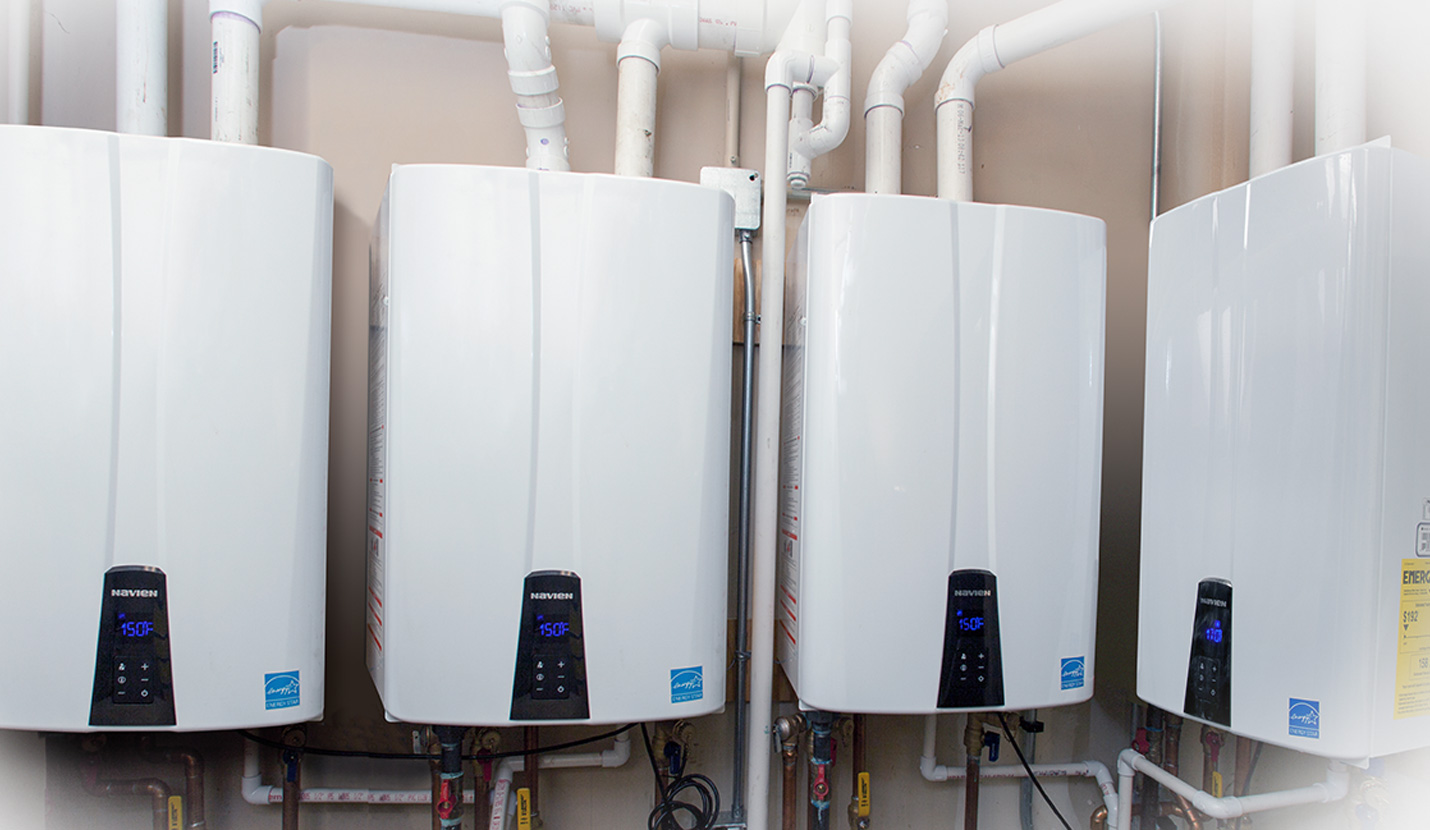
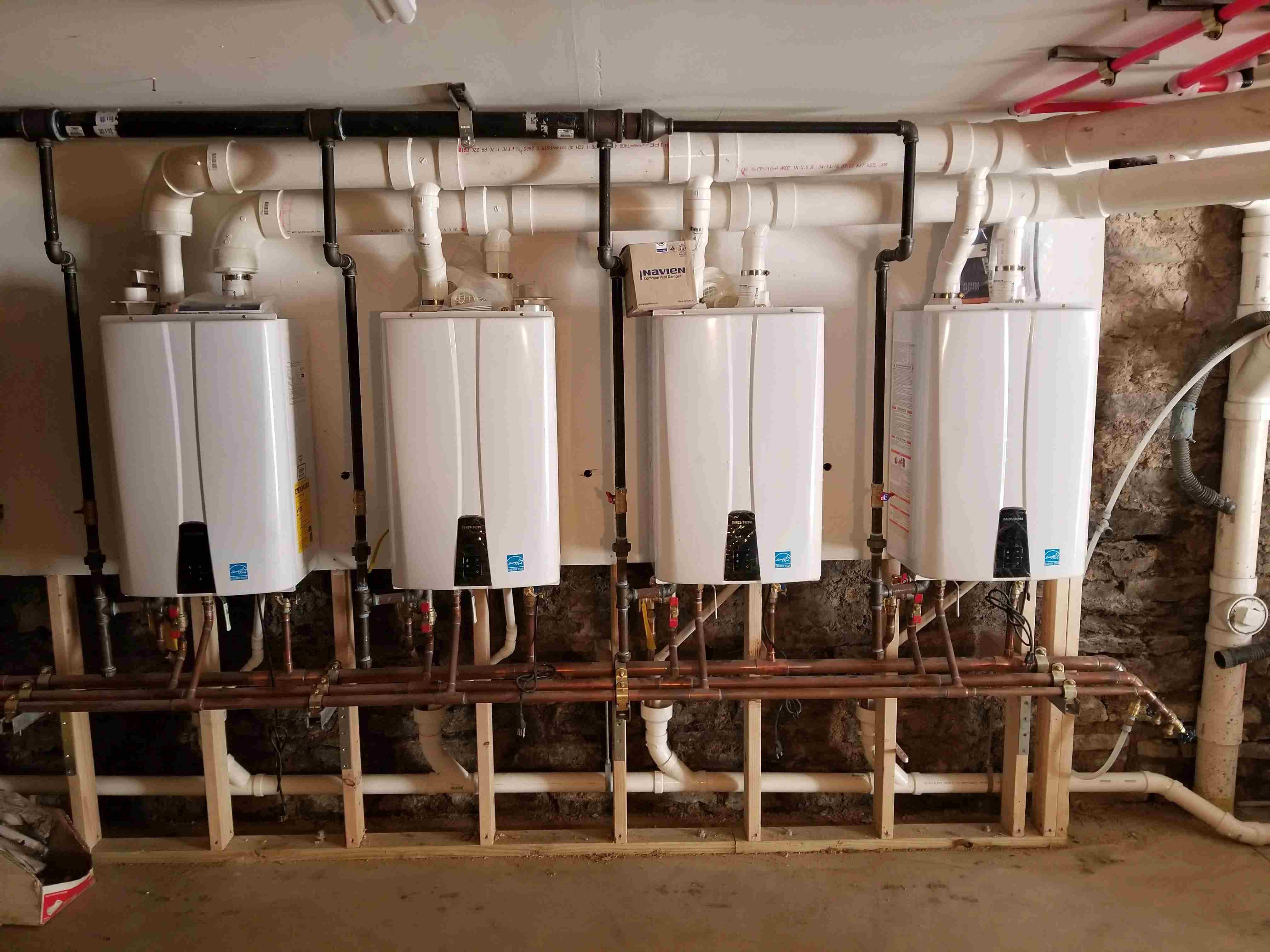
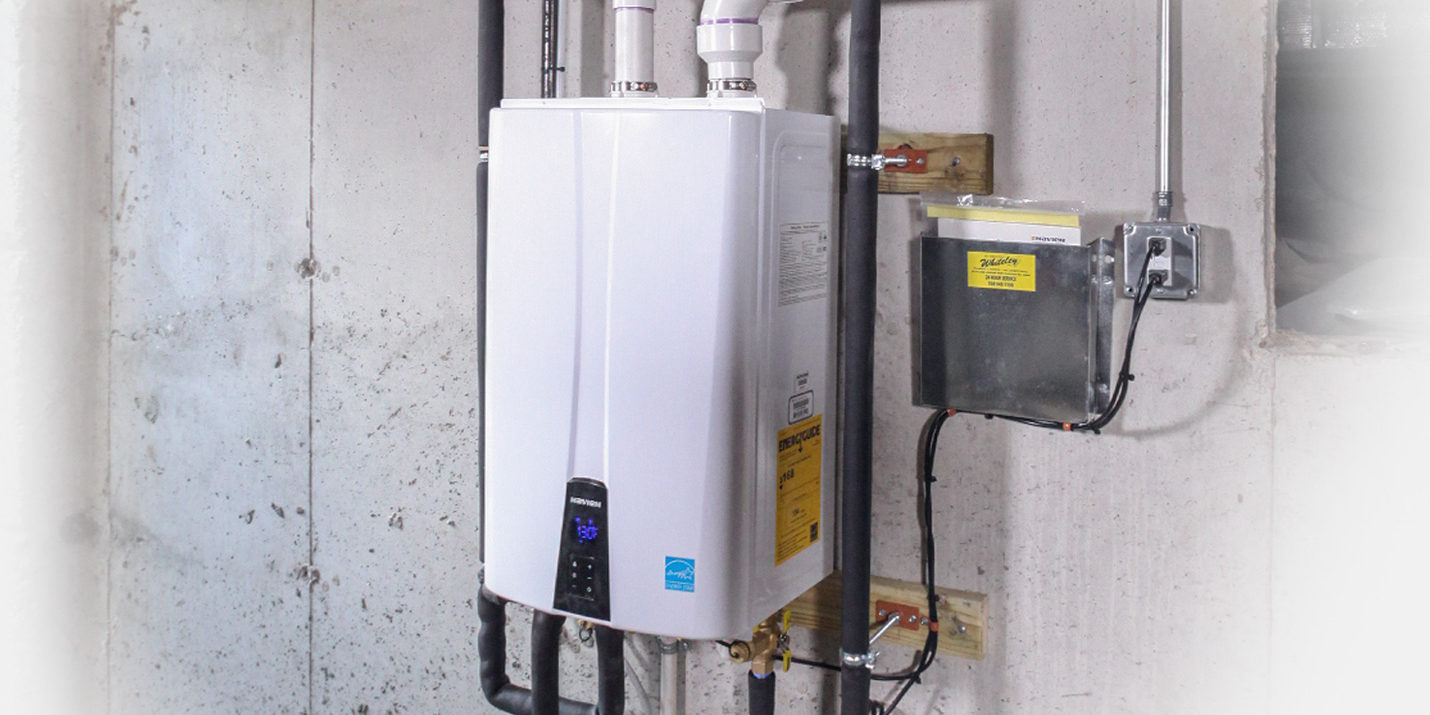
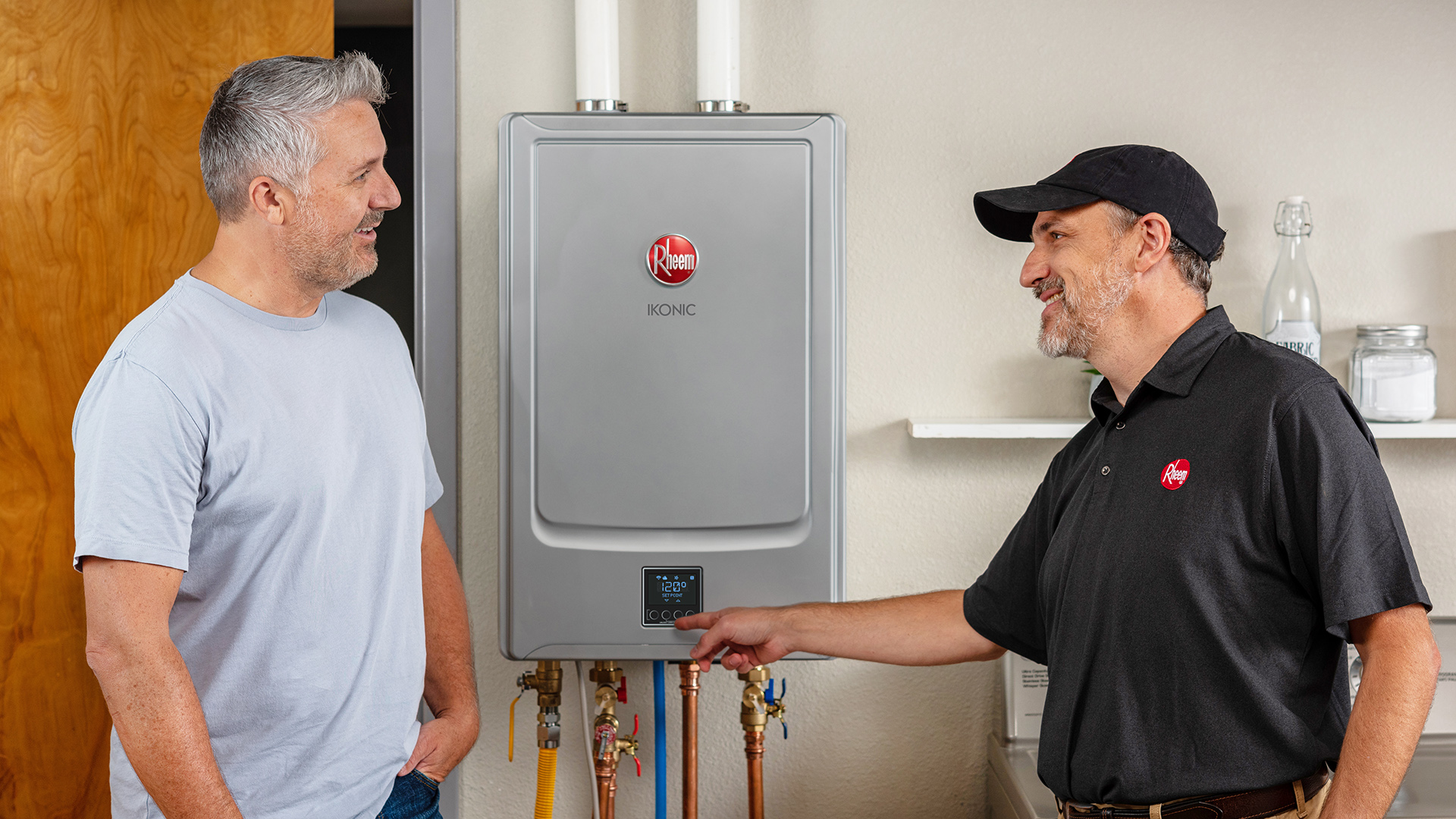
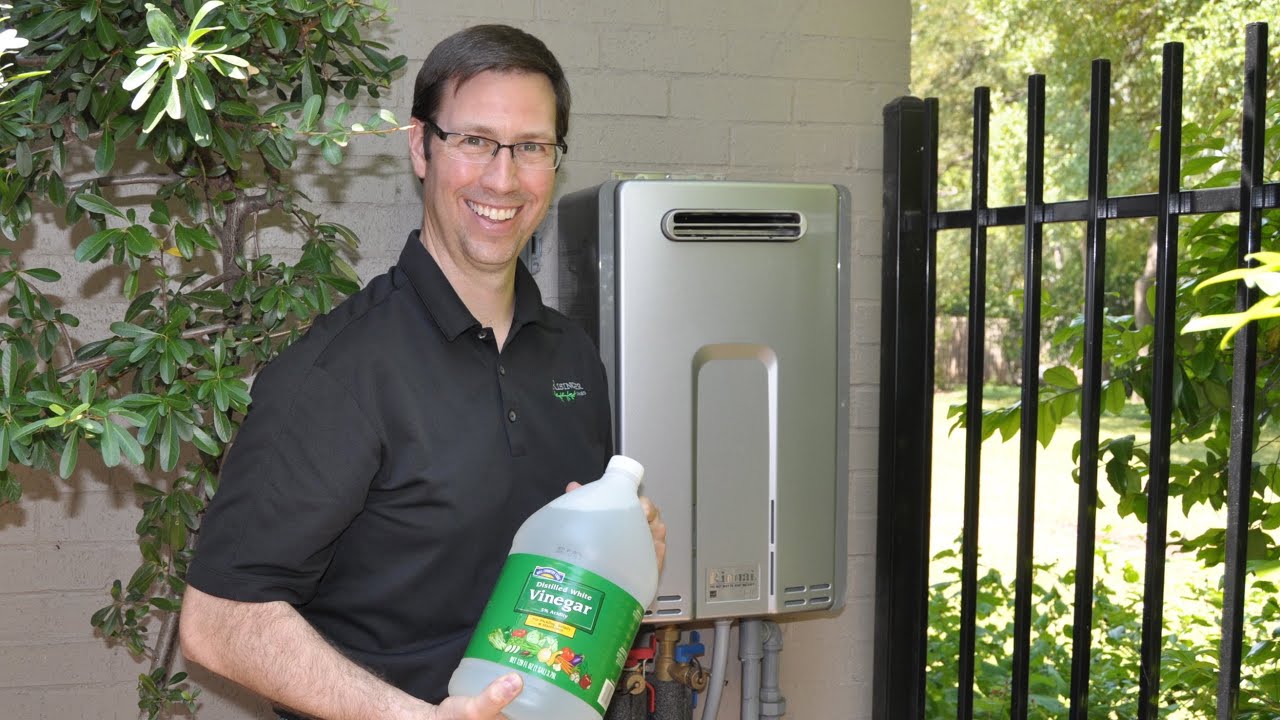
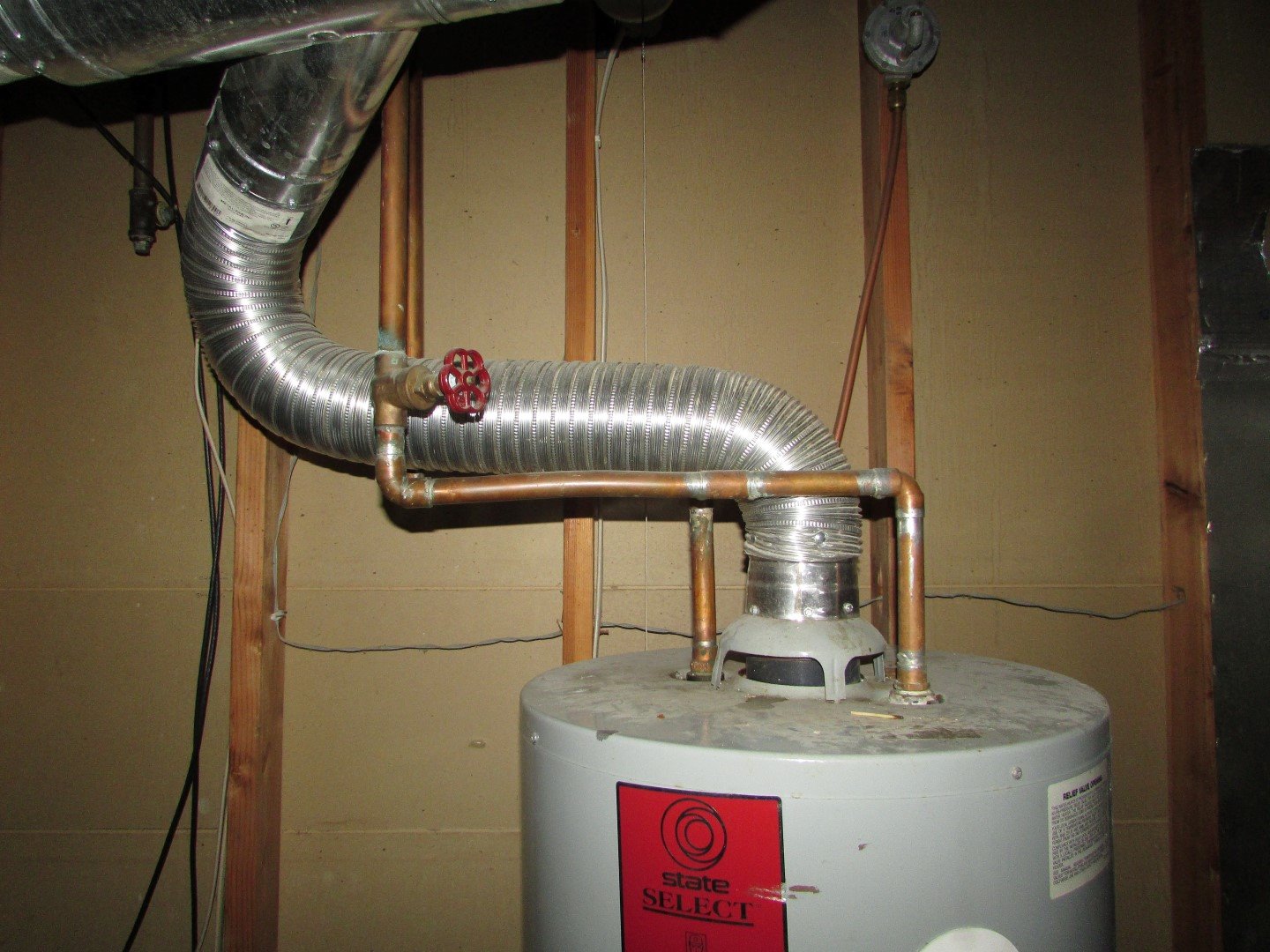
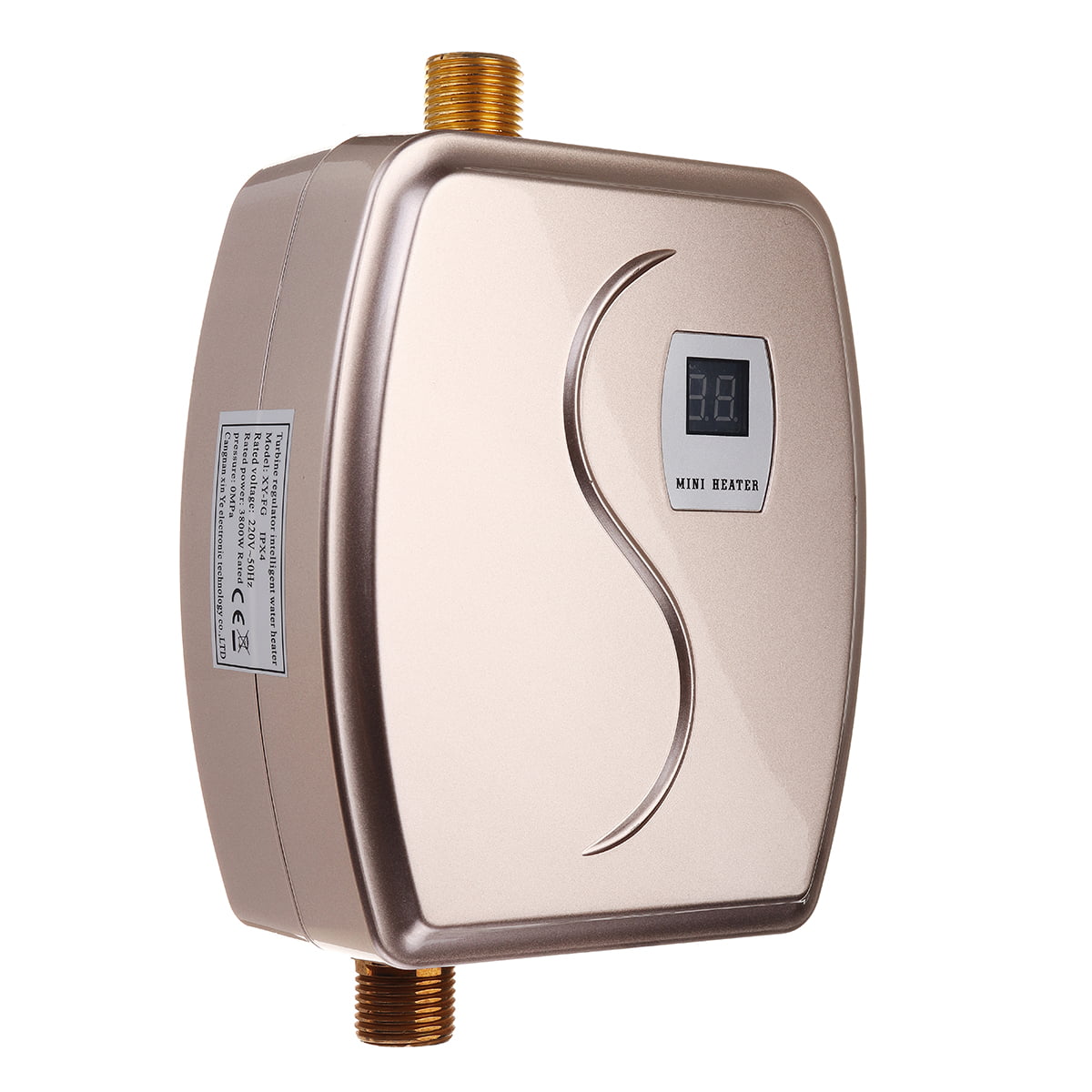
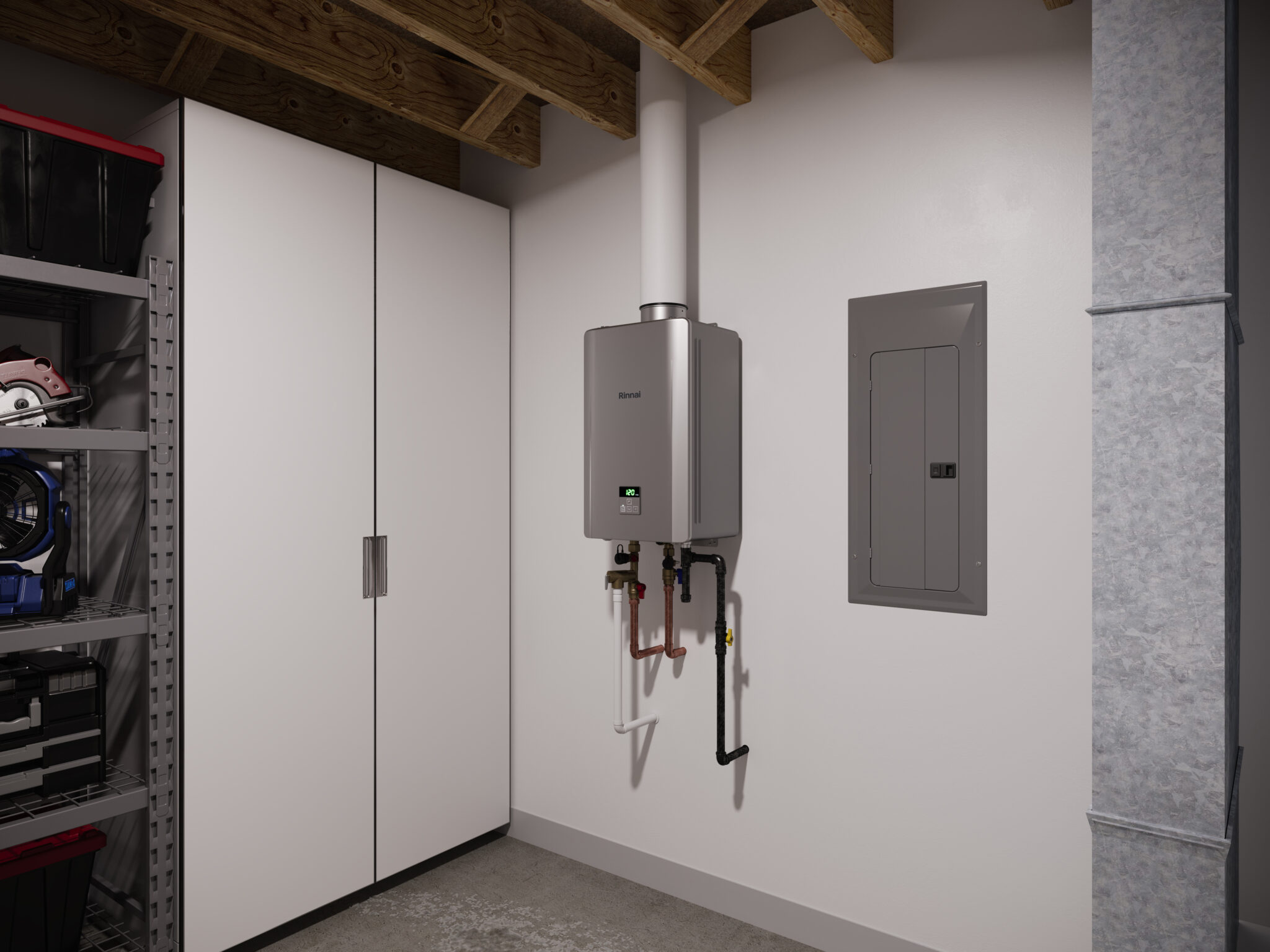
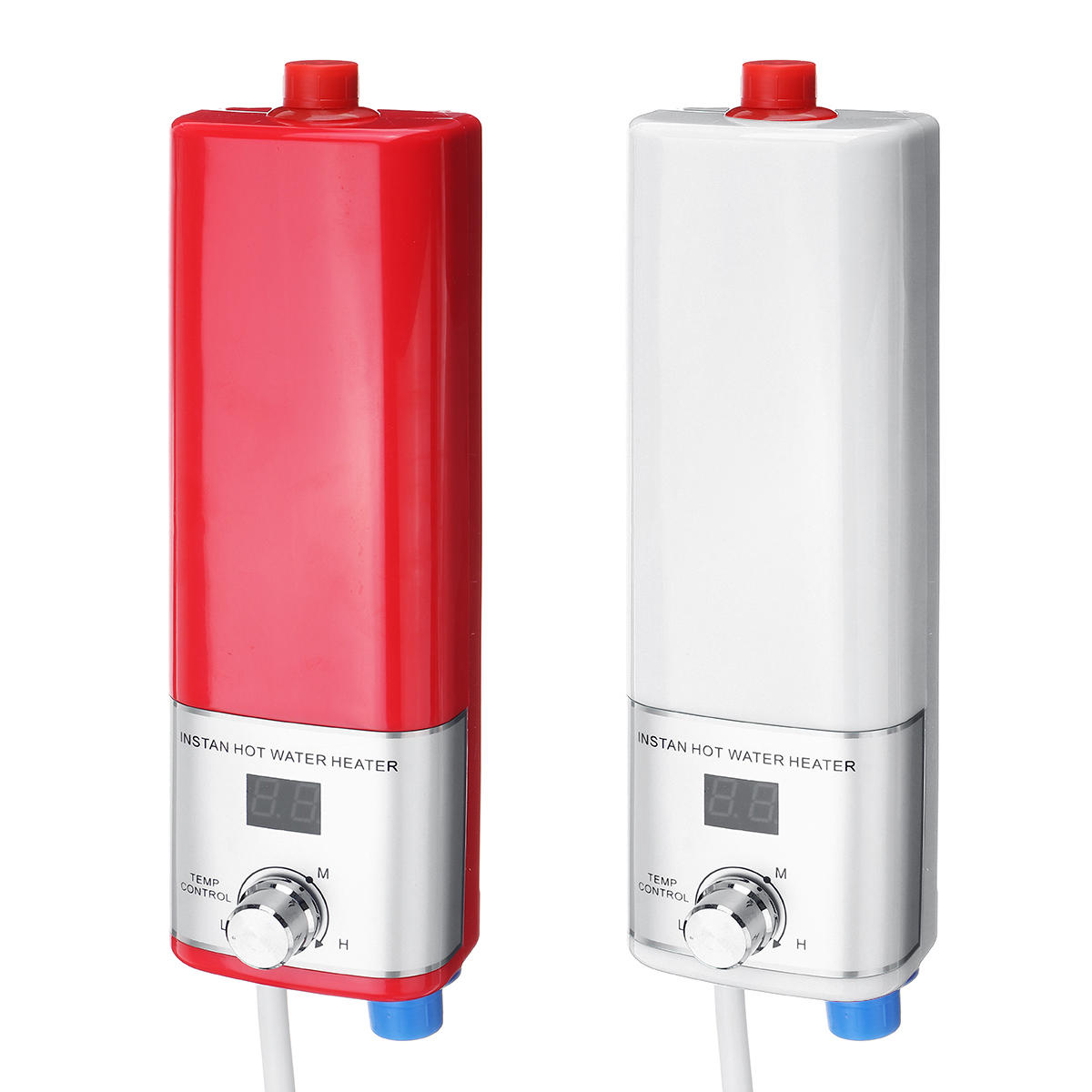
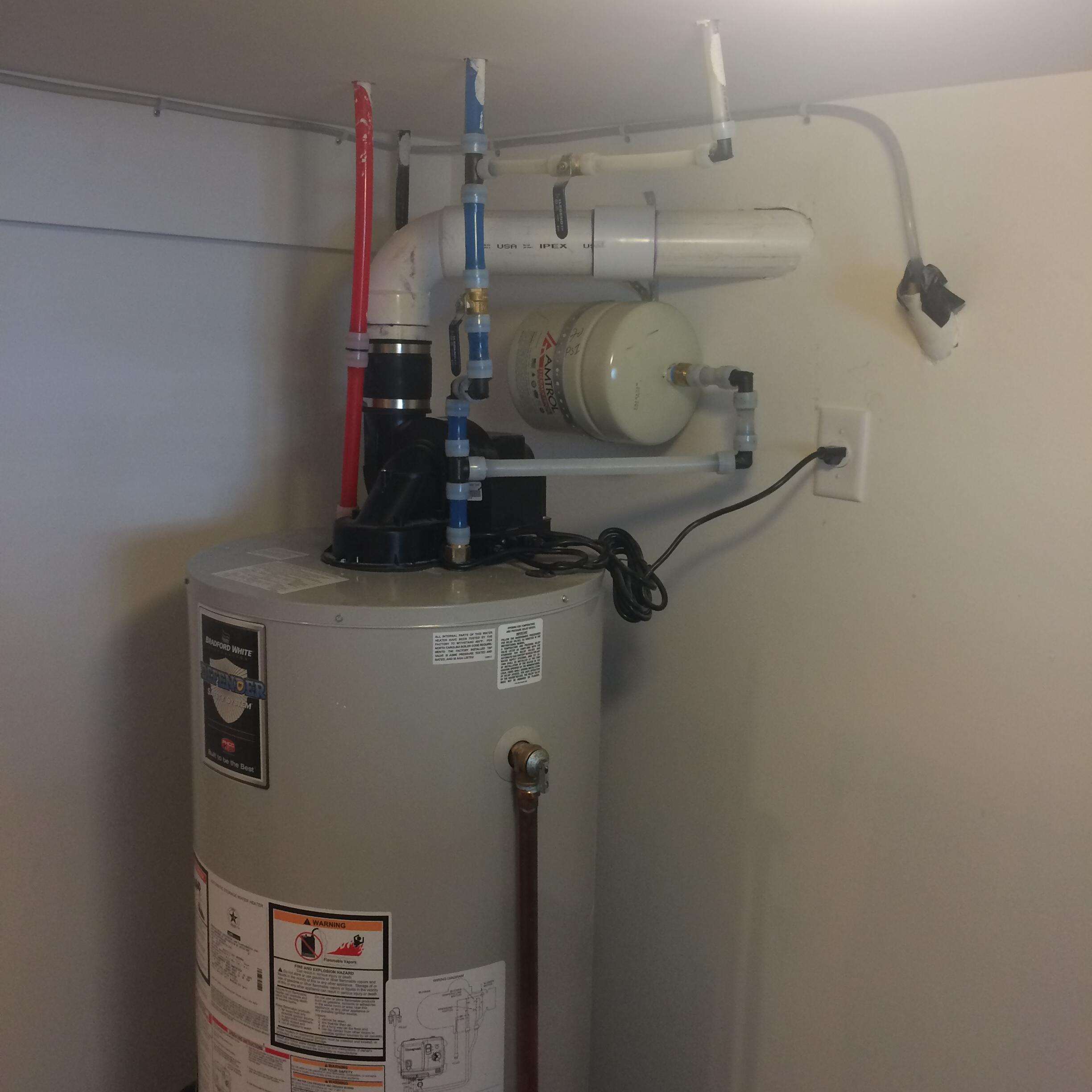
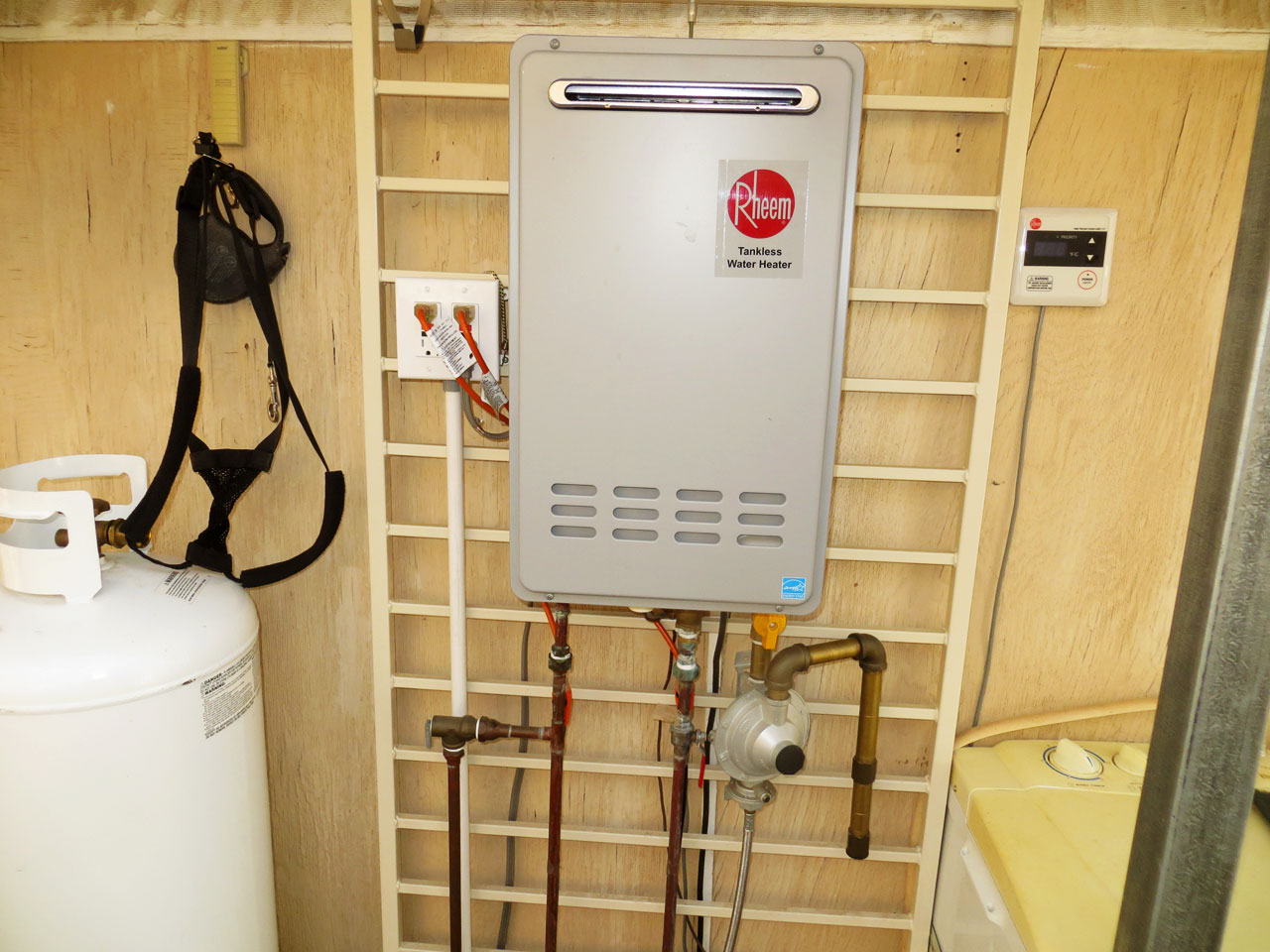
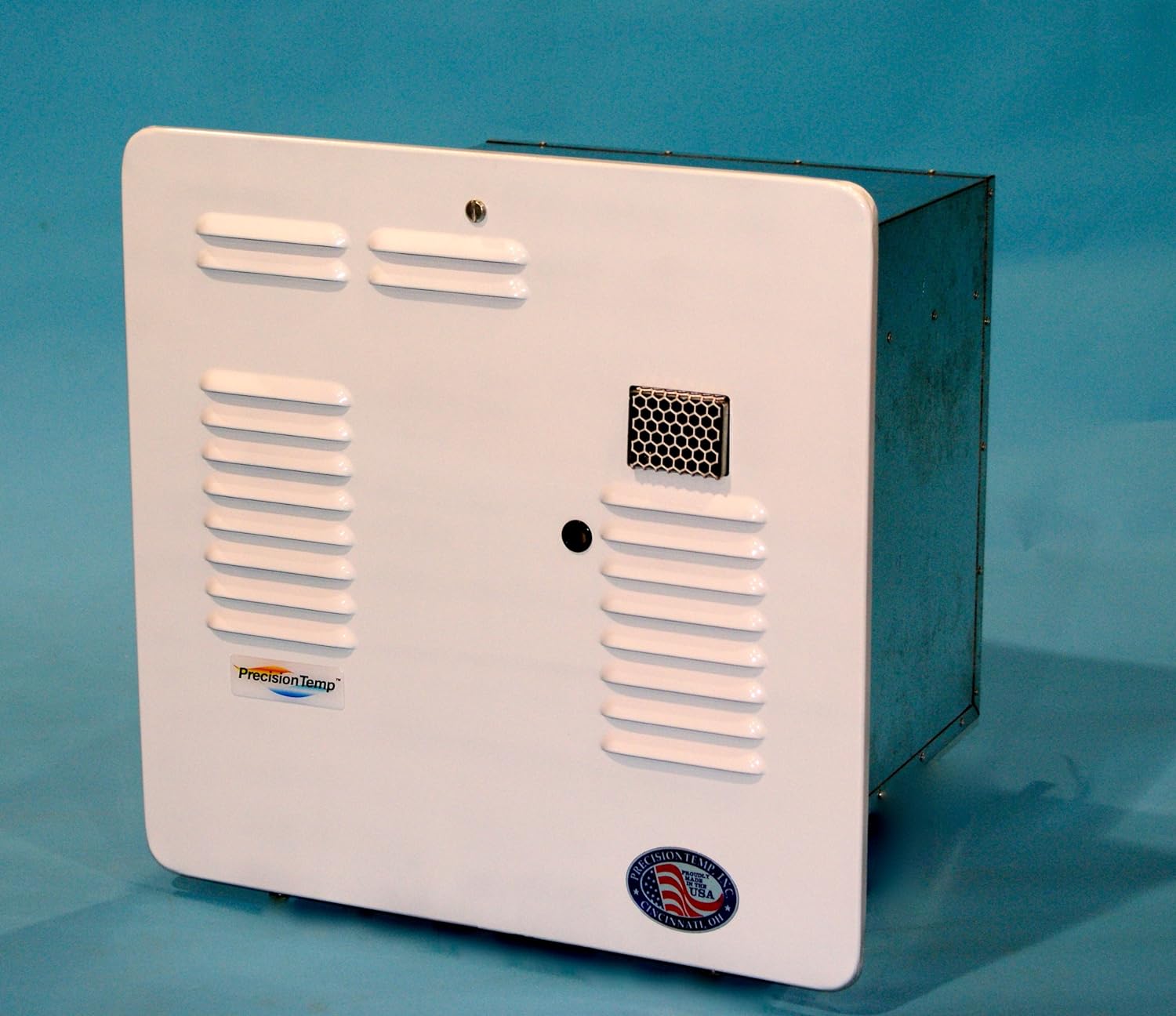
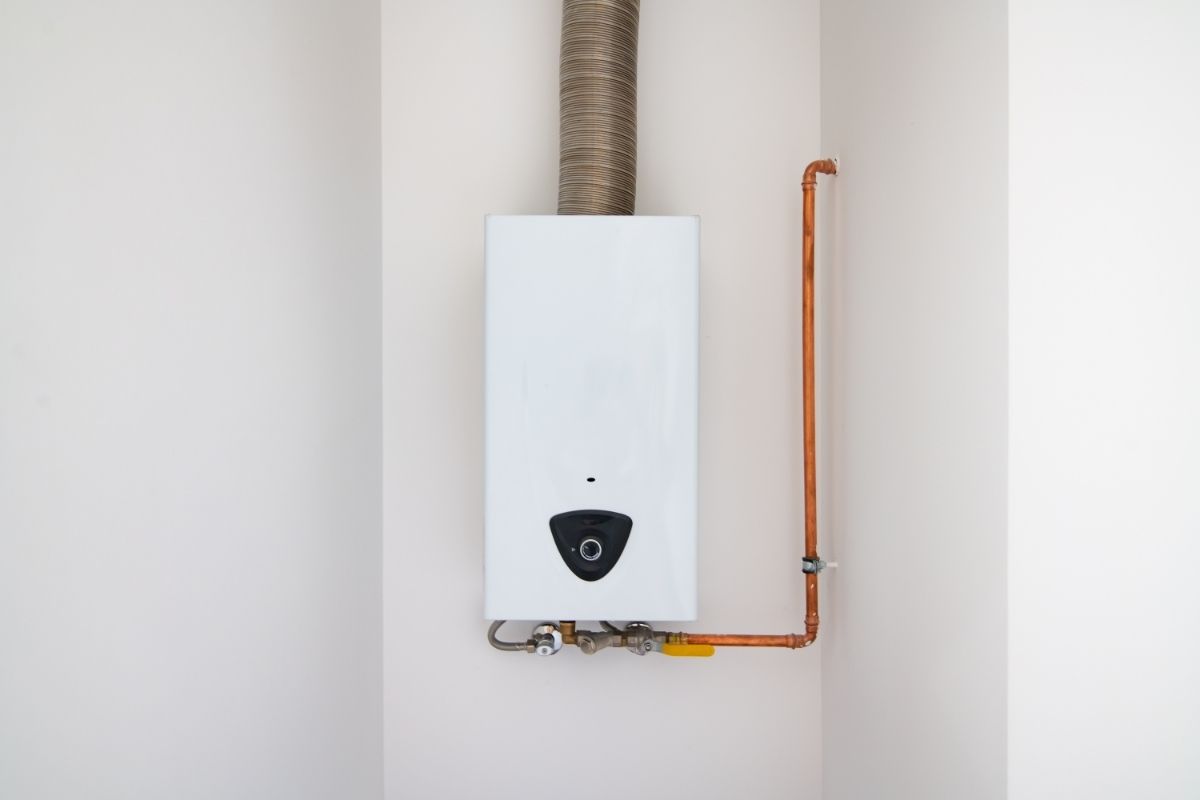

0 thoughts on “How To Vent Tankless Water Heater”